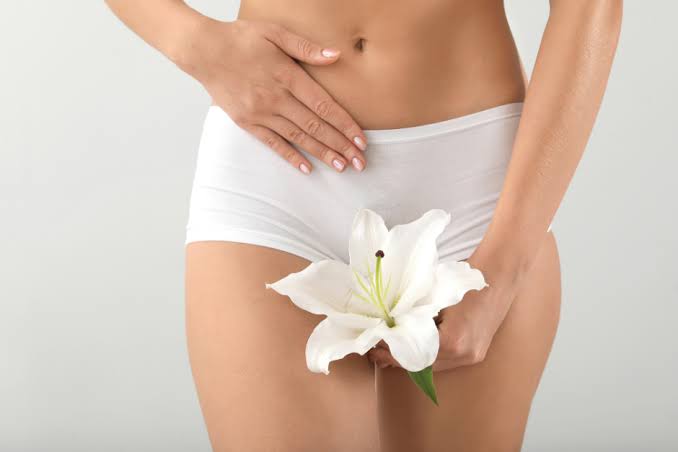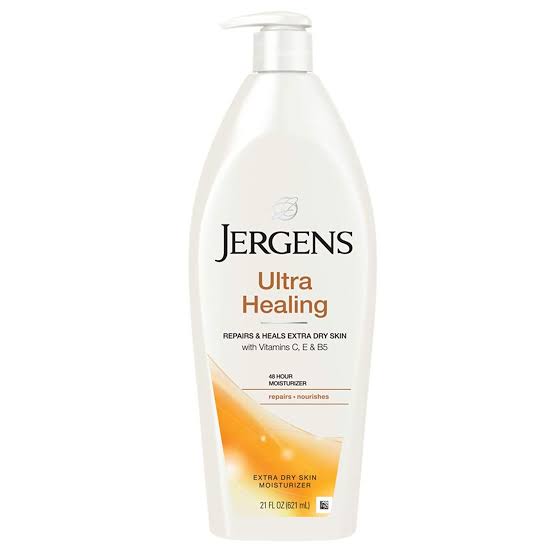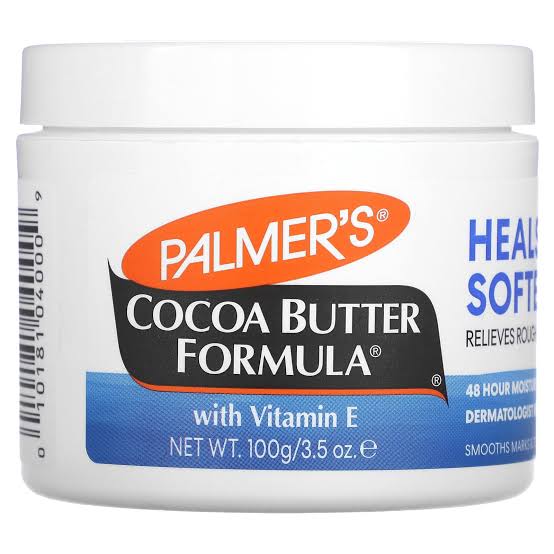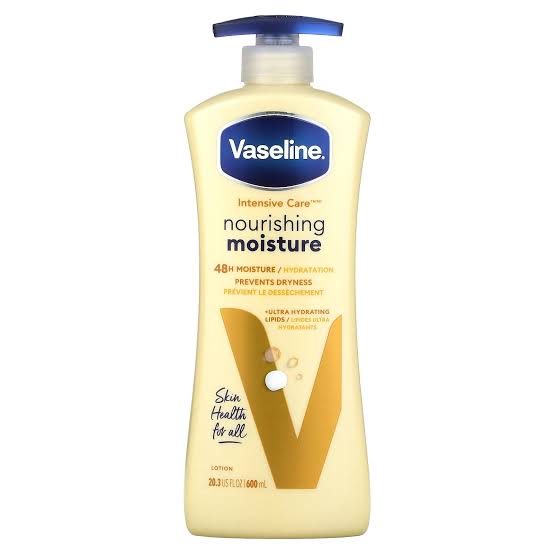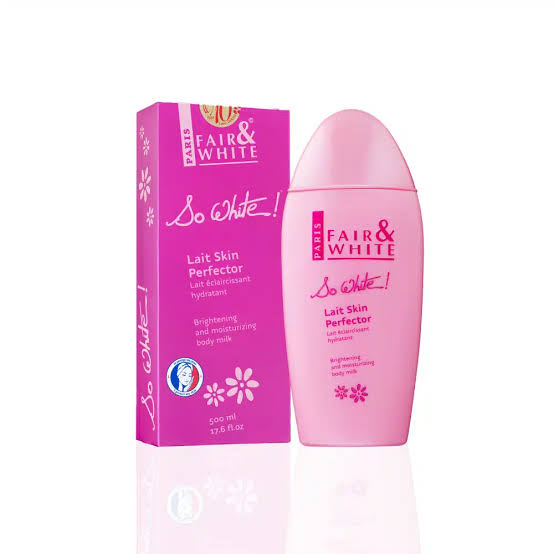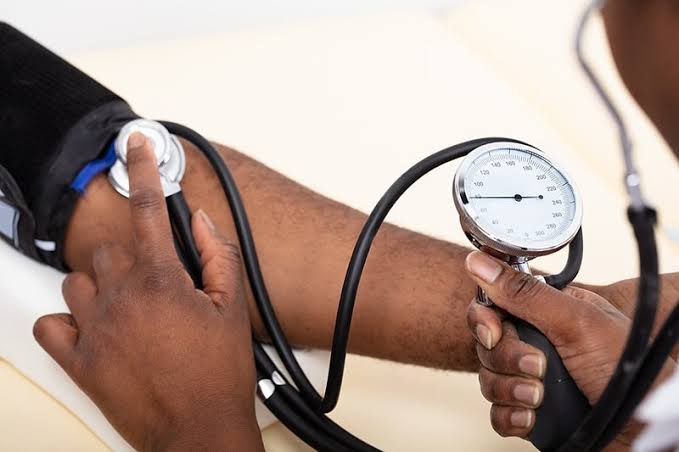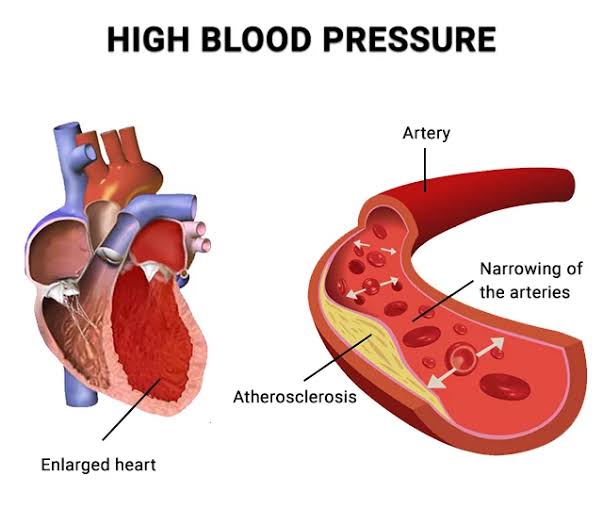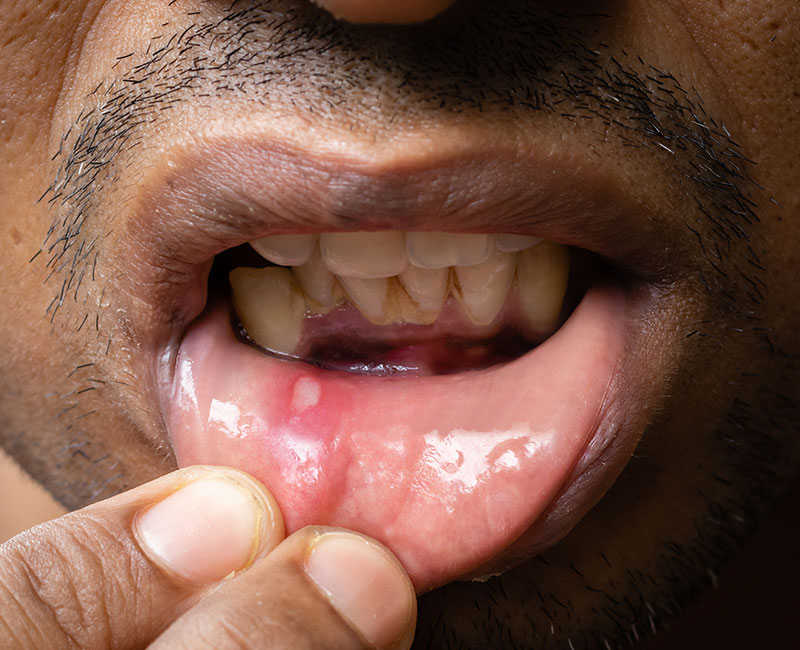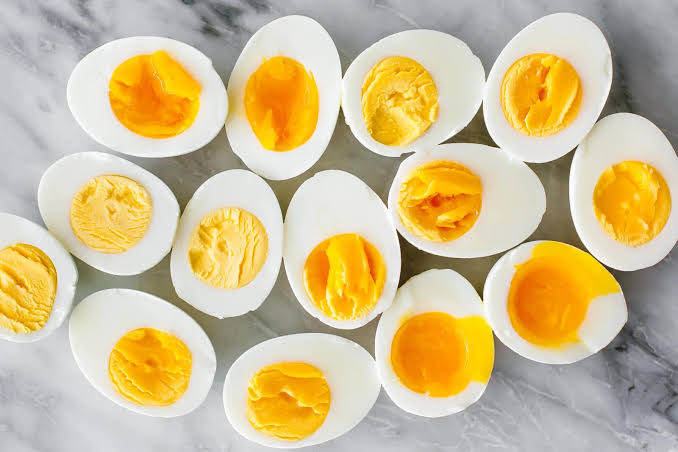In today’s world where women are becoming more conscious of their health and well-being, vaginal care is still one of the least openly discussed topics, especially in Nigeria. Unfortunately, this silence has left room for myths, misinformation, and harmful cultural beliefs to thrive. Many women still receive more advice from peers and hearsay than from medical professionals when it comes to caring for their intimate health.
As we progress through 2025, it’s important to challenge these myths, encourage open and informed conversations, and prioritize scientifically backed vaginal care practices. This article uncovers some of the most widespread vaginal health myths among Nigerian women, explains why they are wrong, and offers clear, professional guidance on what women should actually do.
MYTH 1: The Vagina Must Be Washed Inside with Soap or Antiseptics
This is arguably the most common misconception. A significant number of women still believe that they must wash the inside of their vagina (not the external vulva) with soap, antiseptic liquids, or herbal concoctions to be “clean” or smell fresh. In some communities, this practice is even passed down as a traditional rite of hygiene or womanhood.
The Truth: The Vagina is Self-Cleaning
The vagina is an incredibly smart and self-regulating organ. It contains a delicate balance of good bacteria (primarily lactobacilli) and maintains an acidic pH that naturally prevents infections. When you introduce soap or antiseptics into the vagina, you risk destroying this natural balance. This can lead to:
- Vaginal irritation or dryness
- Bacterial vaginosis (BV)
- Yeast infections
- Unpleasant odors (ironically caused by imbalance)
Professional Advice:
Wash only the external part of your genitals (the vulva) using warm water and, if needed, a mild unscented soap. Never insert soaps, detergents, herbal mixtures, or antiseptics inside your vagina. Doing so causes more harm than good.
MYTH 2: Vaginal Discharge Is Always a Sign of Infection
In many Nigerian households, vaginal discharge is often seen as a red flag. Women panic at the sight of it, especially if they are unmarried, believing it’s unnatural or linked to sexual activity or infection.
The Truth: Discharge Is Normal and Necessary
Healthy vaginal discharge plays an essential role in keeping the vagina clean and lubricated. It helps remove dead cells and bacteria. Discharge can vary in consistency and color throughout your menstrual cycle.
Normal discharge is usually:
- Clear or white
- Odorless or mildly musky
- Slippery, thick, or stretchy depending on hormonal levels
Concerning discharge may be: - Yellow or green
- Accompanied by a foul smell
- Accompanied by itching, pain, or burning
Professional Advice:
Learn to recognize your own cycle and what’s normal for your body. If your discharge changes suddenly in color, smell, or texture, consult a medical professional, not social media.
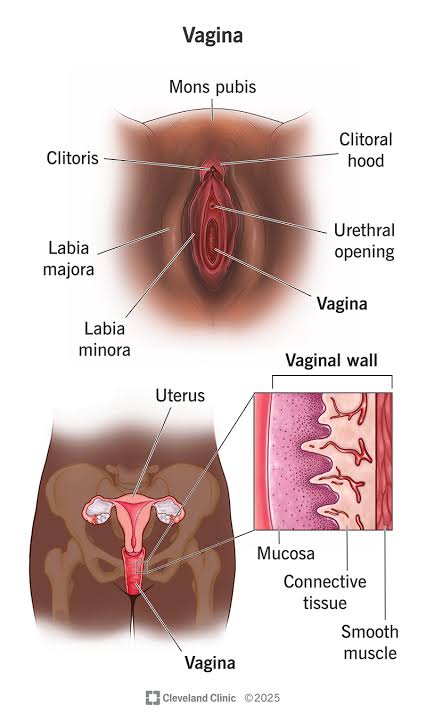
MYTH 3: You Should Smell Like Perfume or Scented Soap ‘Down There’
With the rise of beauty and hygiene marketing, many women have been made to believe that the vagina should smell like strawberries, flowers, or mint. As a result, the use of scented soaps, powders, and vaginal sprays has grown popular, even among teenagers.
The Truth: Vaginas Have a Natural Scent and It’s Normal
The vagina is not supposed to smell like a fragrance shop. It has its own mild, musky scent that reflects hormonal activity and bacterial balance. Attempting to mask this scent with perfume-based products can trigger irritation, inflammation, and even allergic reactions.
Professional Advice:
Avoid any feminine hygiene products that contain artificial fragrances. These include vaginal sprays, douching products, perfumed sanitary pads, or scented soaps. Your vagina does not need to be perfumed, it needs to be respected.
MYTH 4: Tight Jeans and Underwear Don’t Affect Vaginal Health
Fashion and comfort sometimes clash, and many women love tight jeans, body shapers, or nylon panties, unaware of the health risks associated with these clothing choices.
The Truth: Breathability Matters for Vaginal Health
Tight or synthetic underwear, especially in Nigeria’s hot and humid climate, can trap sweat and moisture. This creates a perfect breeding ground for yeast and bacteria. Over time, this may cause:
- Recurrent yeast infections
- Skin rashes or irritation
- Unpleasant odors due to trapped moisture
Professional Advice:
Opt for 100% cotton underwear that allows airflow. At night, sleep without underwear if possible. When wearing jeans or tight clothes, do so in moderation and ensure they’re not overly restrictive.
MYTH 5: You Only Need a Gynecologist if You’re Pregnant or in Pain
In many Nigerian communities, women only consider visiting a gynecologist during pregnancy or when facing visible discomfort. Preventive care is often overlooked or seen as unnecessary.
The Truth: Regular Check-Ups Are Crucial
Just like you visit the dentist or go for an eye test, regular gynecological visits are part of responsible adult healthcare. These visits help detect:
- Cervical cancer (via Pap smears)
- STIs, even when asymptomatic
- Hormonal imbalances
- Reproductive health issues like fibroids or ovarian cysts
Professional Advice:
Every woman should see a gynecologist at least once a year, whether or not they’re sexually active or pregnant. Early detection can save lives, especially when it comes to diseases like cervical cancer.
Changing the Narrative: A Call for Education and Empowerment
Vaginal health is not a taboo. It is part of overall wellness and should be treated with the same respect and attention as any other aspect of your health. As we move forward in 2025, Nigerian women must replace harmful myths with facts. The more women are informed, the more empowered they become to take control of their bodies without shame or fear.
Final Words:
- Your vagina doesn’t need to be washed with Dettol.
- Discharge doesn’t mean you’re dirty.
- A natural scent is normal.
- Cotton underwear is not outdated; it’s healthy.
- Seeing a gynecologist is not just for mothers.
Disclaimer: I am not a medical professional or gynecologist. This article was put together through careful research from reputable health sources to encourage awareness and promote responsible conversation around vaginal health. For any specific concerns or symptoms, please consult a licensed healthcare provider or gynecologist.
